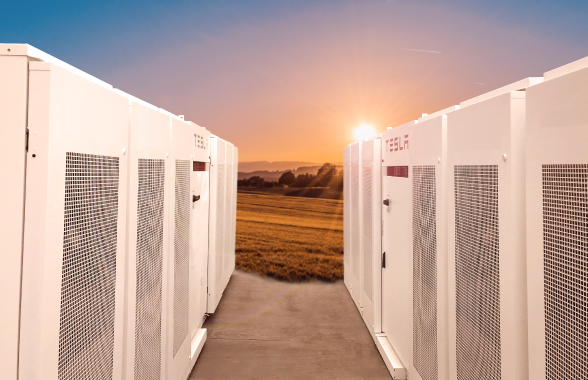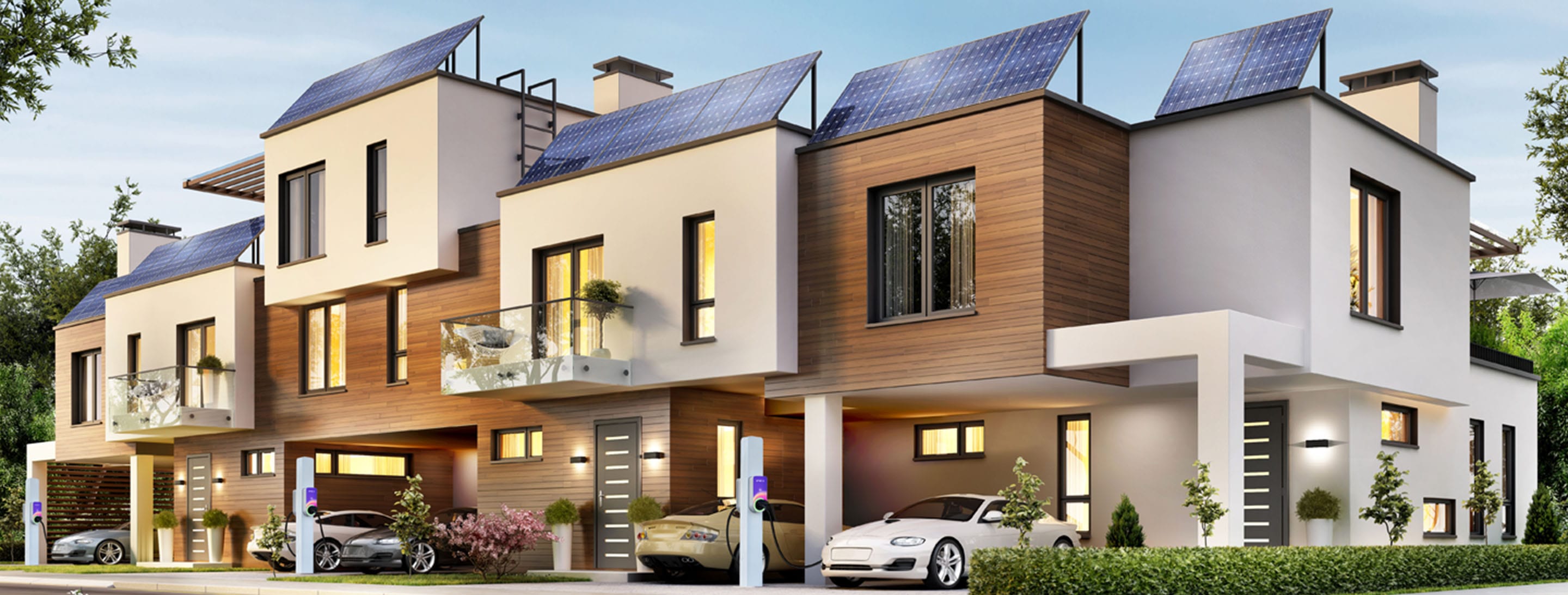How to improve energy efficiency for companies?
Between rising energy costs and the spread of global warming targets, energy efficiency is more important for companies than ever. Fortunately, there are many ways to improve energy efficiency, thereby reducing costs. Achieving energy efficiency requires an initial investment of effort and money, but the long-term cost savings will repay the outlay over the years. Here’s a look at how to improve energy efficiency.
- Energy audit: the first step to improve energy efficiency is an energy audit. Like a financial audit, an energy audit looks at energy consumption levels and how this can be optimized. The audit starts with a diagnosis, or an analysis phase, to obtain an overall assessment of things like peak loads, leaks, energy-sucking equipment, and inefficient lighting. On the basis of the audit, heating and electricity systems can be tweaked for efficiency and then monitored going forward.

- Upgrade to more efficient equipment: many countries now apply “energy class” labels to appliances and equipment, making it easy to upgrade older less efficient refrigerators, heaters, coolers and other energy-intensive equipment. Using laptop computers and LED lights are other examples of ways equipment can increase energy efficiency.
- Shift to smart: smart thermostats and lighting that self-regulate according to building occupancy eliminate waste. Smart devices also make it easy to monitor consumption in real time, helping a business better understand how, where and when it consumes the most.
- Employee engagement: any effective energy efficiency plan works better with buy-in from staff. Getting them engaged in every day actions like setting thermostats lower in winter and higher in summer is key.
- Install renewable energy generation: renewable energy sources like solar panels can be combined with Energy Management System (EMS) software that make them more efficient. Once the installation costs are recouped, renewable energy results in savings, and contributes to achieving climate change goals.
- Make buildings more efficient through insulation: Temperature control is one of the largest energy expenditures, so energy efficiency starts with reducing heat or cooling losses. Weather-proofing an office or factory is fundamental to achieving energy efficiency.
How to monitor energy consumption?

What is the benefit of an energy management system?
Because it monitors energy use in real time, an Energy Management System (EMS) provides a benefit in improving energy efficiency. Most companies, in actual fact, spend thousands of euros on their energy bills without being aware of which factors are contributing to excessive consumption or which production areas they can focus on to reduce waste and polluting emissions. An EMS software makes optimization and efficiency “suggestions” to deliver efficient, intelligent and more sustainable consumption.
An EMS provides several beneficial services. Here are a few:
- Remotely monitors consumption round the clock, so that a user can intervene immediately to stay on track to reach targets
- Comparisons between energy spends at the business’s various sites help trouble-shoot waste to improve performance.
- Consumption and cost forecasts make it easier to plan for fluctuations, thereby avoiding peak times.
- Benchmarking analyses that help a company adopt best practices compared to competitors.








